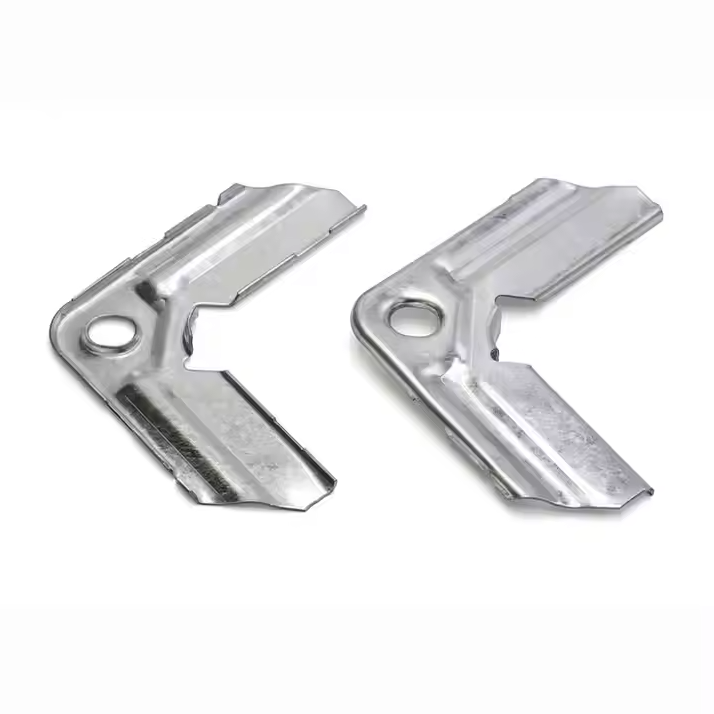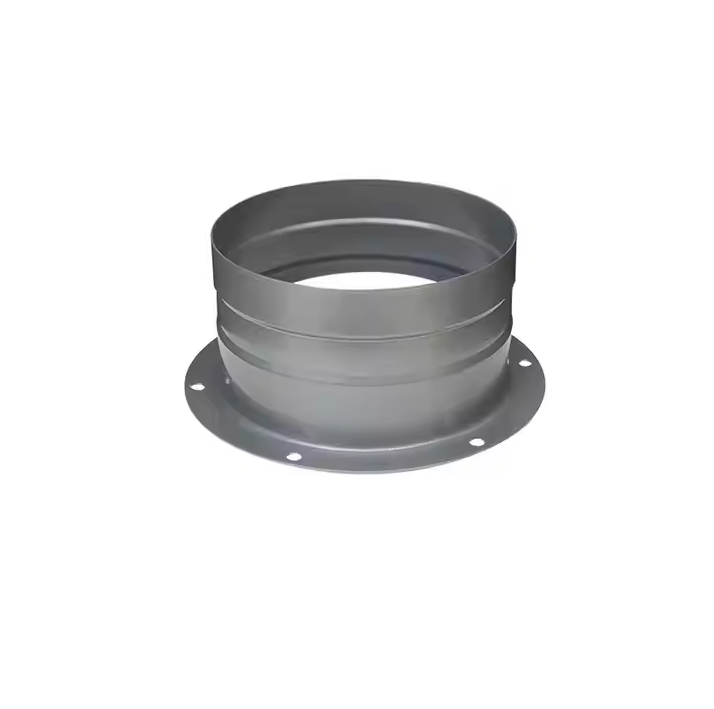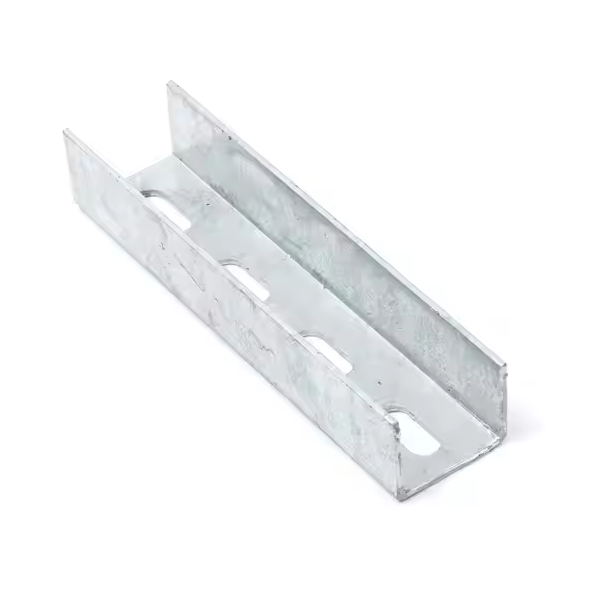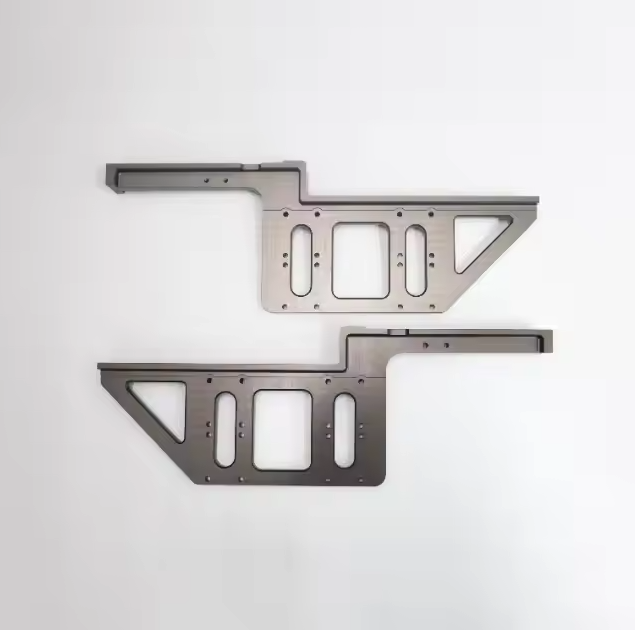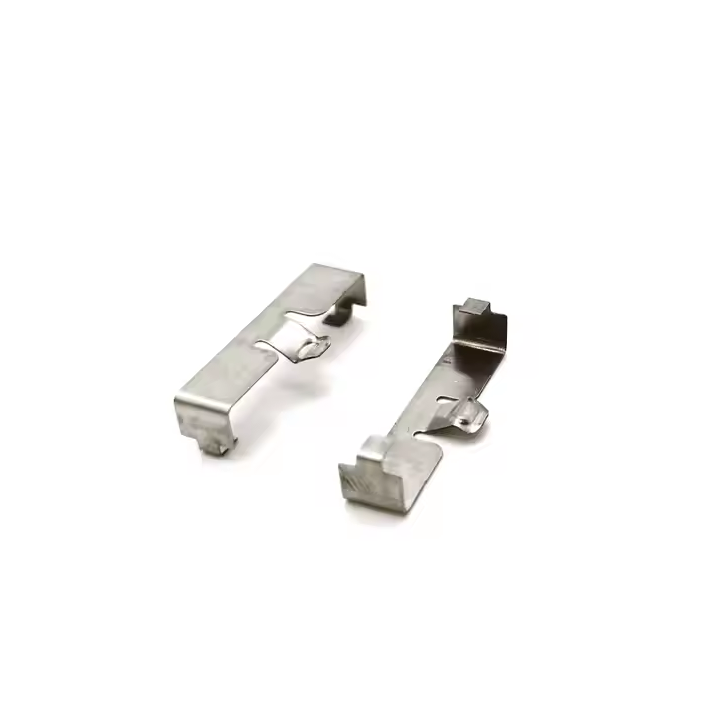From connecting tiny components of precision electronic equipment to assembling the main structure of large mechanical equipment, the quality and efficiency of metal welding are directly related to product performance and production costs. However, traditional metal welding methods often seem to be inadequate when faced with some special materials, complex structures, and scenes with strict requirements on welding quality and efficiency. Ultrasonic metal welding, with its unique advantages and innovative principles, has brought a new solution to the field of metal welding.
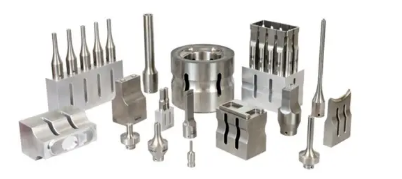
Definition of Ultrasonic Metal Welding
Ultrasonic metal welding is a solid-state welding method that uses high-frequency vibration waves to transmit to the two metal surfaces to be welded. Under pressure, the metal surfaces rub against each other to generate heat, which in turn makes the metal surfaces reach a plastic state, causing the atoms on the two metal surfaces to diffuse and fuse with each other, forming a strong welded joint.
Advantages and characteristics of ultrasonic metal welding
Low-temperature welding, reducing heat effects
Unlike traditional melting welding methods, the metal does not reach its melting point during ultrasonic metal welding, and the welding temperature is usually much lower than the melting point of the metal, generally between 30% and 50% of the melting point of the metal. This greatly reduces the heat-affected zone and reduces the impact on the structure and performance of metal materials. It is particularly suitable for heat-sensitive metal materials such as aluminum alloys, magnesium alloys, and metal connections in some electronic components.
High welding strength
Through the high-frequency vibration and pressurization of ultrasound, the atoms on the metal surface can fully diffuse and fuse, and the formed welded joint has high strength.
Fast welding speed and high efficiency
The ultrasonic metal welding process is rapid, and the general welding time is between 0.1 and 1 second. Compared with traditional welding methods, it can significantly improve production efficiency.
Environmentally friendly and pollution-free
Since the welding process does not require the addition of chemicals such as solder and flux, no harmful gases, waste slag and other pollutants will be generated, which meets the environmental protection requirements of modern industry.
Ultrasonic metal welding can not only weld the same metal, but also weld different metals, such as copper and aluminum, aluminum and stainless steel.
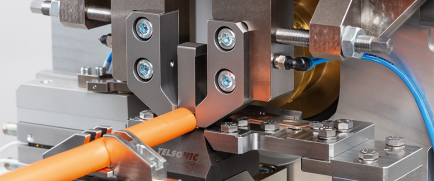
Types of ultrasonic metal welding
Ultrasonic spot welding
This is the most common type of ultrasonic metal welding. By briefly applying pressure and ultrasonic vibration to the contact point of two metal workpieces, the welding tool head makes the metal at the contact point reach a plastic state and forms a weld.
Ultrasonic seam welding
During the ultrasonic seam welding process, the welding tool head moves continuously along the welding joint, while applying ultrasonic vibration and pressure, so that the metal workpiece forms a continuous weld during the movement.
Ultrasonic ring welding
Mainly used for welding circular or annular metal parts, the welding tool head rotates around the annular workpiece, while applying ultrasonic vibration and pressure to achieve the welding of the annular joint.
Ultrasonic wire harness welding
Specially used for welding wire harness metal materials, such as the connection of wires and cables, the assembly of wire harnesses inside electronic equipment, etc. During the welding process, ultrasonic vibration and pressure cause the metal wires in the wire harness to fuse with each other to form a strong connection.
Application fields of ultrasonic metal welding
From tiny electronic components, such as the welding of chip pins and circuit boards, to the assembly of electronic equipment shells and battery connections, ultrasonic welding technology is indispensable. For example, in the manufacturing process of mobile phones, the welding of the pole pieces and leads of mobile phone batteries, the connection of the metal shielding cover inside the mobile phone and the motherboard, etc., all use ultrasonic welding, which ensures the miniaturization, lightweight and performance reliability of electronic equipment.
Ultrasonic metal welding technology is used in many links of automobile manufacturing. For example, the welding of thin plates of automobile bodies, through ultrasonic spot welding and seam welding, the various parts of the body are connected together, which not only ensures the strength of the body, but also reduces the weight of the body, and improves the safety performance and fuel economy of the car.
Aerospace
The aerospace field has extremely high requirements for the connection quality and reliability of materials. Ultrasonic metal welding is used in this field due to its unique advantages.
Battery manufacturing
In the battery industry, whether it is traditional lead-acid batteries or emerging lithium-ion batteries, nickel-hydrogen batteries, etc., ultrasonic metal welding plays an important role. Ultrasonic welding can ensure reliable electrical connection of the battery and improve the battery's charging and discharging performance and service life in the connection between battery poles and leads and the assembly of battery modules. In the manufacture of electric vehicle battery packs, ultrasonic welding technology is widely used to achieve efficient assembly of battery modules.
Food and packaging
In the food packaging industry, ultrasonic metal welding is used for sealing metal packaging, such as welding of food cans and beverage cans.
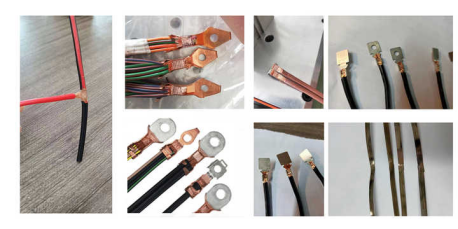
With the continuous advancement of science and technology and the increasing requirements of industrial manufacturing for welding technology, ultrasonic metal welding technology is also continuing to innovate and develop, and new welding equipment, processes and applications are constantly emerging.
